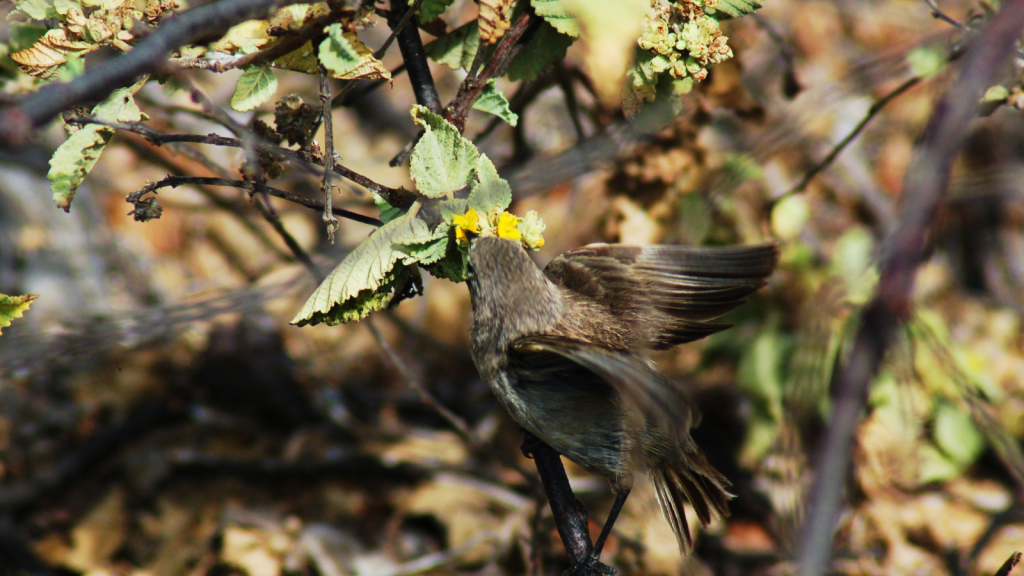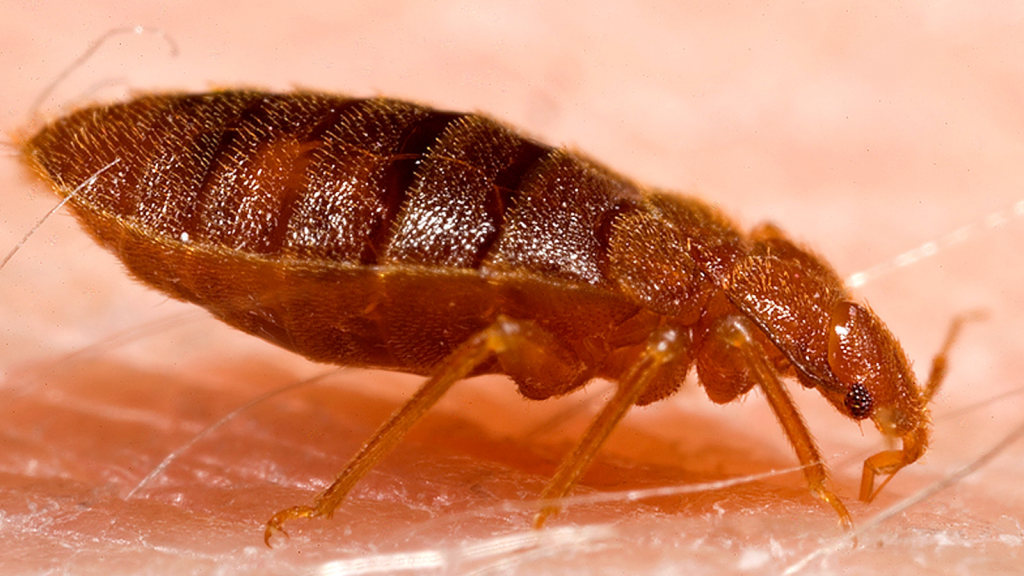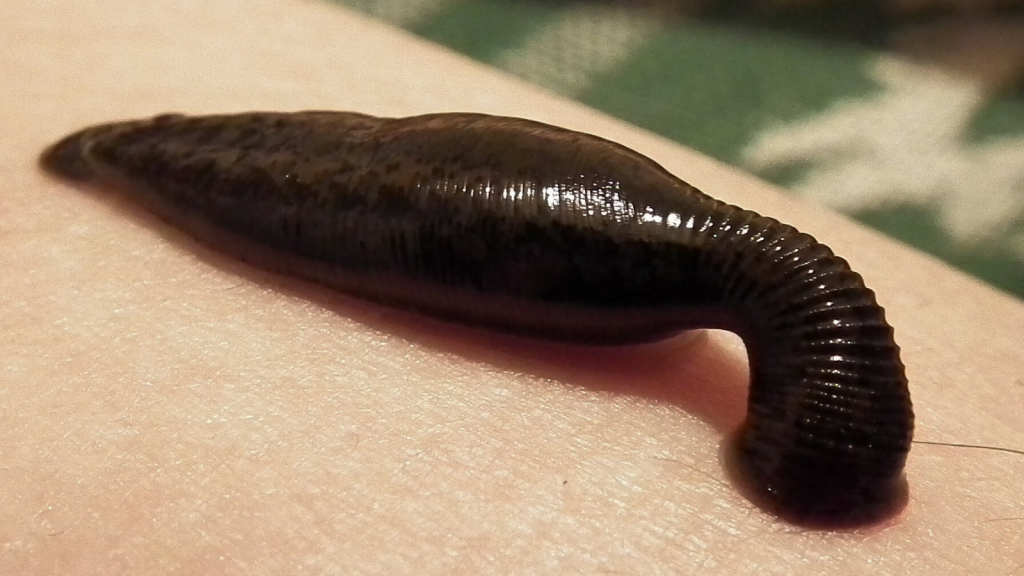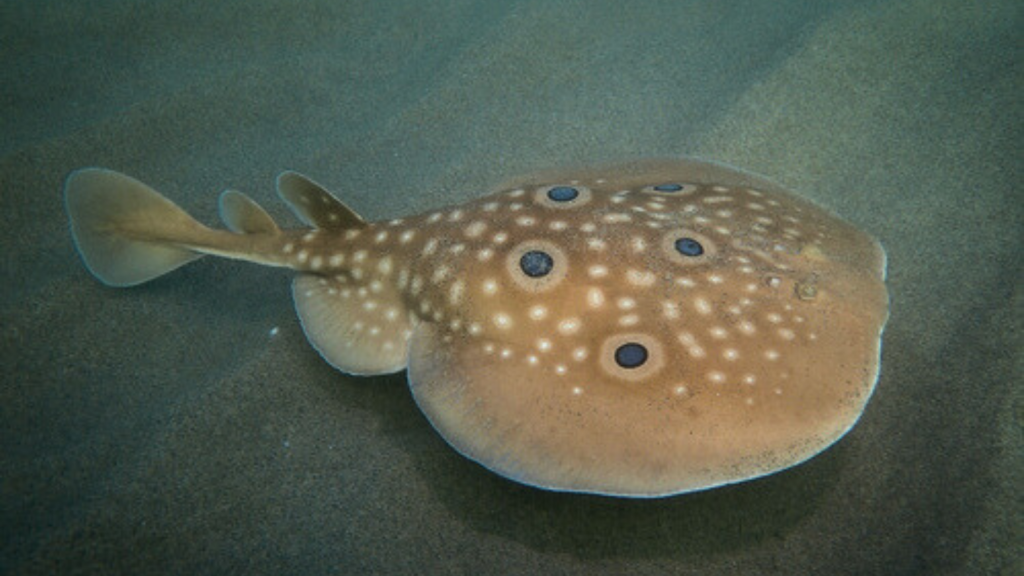Bloodsuckers have long captured our imagination, from folklore to horror films. But nature’s real-life vampires are far more fascinating than fiction. While bats might spring to mind, the animal kingdom harbours a surprising array of blood-drinking creatures. From tiny insects to formidable predators, these remarkable animals have evolved unique ways to feast on the red stuff. Get ready to discover some unexpected sanguivores that might be lurking closer than you think.
Vampire Finches

Found only on the Galápagos Islands, these small birds have a dark secret. When food is scarce, they peck at the skin of larger birds, drinking their blood. This behaviour helps them survive in their harsh island home, where resources are often limited. Interestingly, the birds they feed on, such as boobies, seem to tolerate this behaviour, rarely showing signs of distress.
Candiru Fish

This tiny Amazonian fish is the stuff of nightmares. It’s known to swim up the urine stream of animals and lodge itself in their urethras. Once there, it feeds on blood from the urinary tract. Thankfully, attacks on humans are extremely rare. The candiru’s translucent body and small size (typically 1-2.5 cm long) make it almost invisible in the murky waters of the Amazon.
Oxpeckers

These African birds perch on large mammals like rhinos and zebras. While they do eat ticks and other parasites, they also peck at open wounds to drink blood. Some scientists argue they may do more harm than good to their hosts. Oxpeckers have specially adapted claws that allow them to cling to the fur or hide of mammals while grooming or feeding.
Lamprey Eels

These jawless fish are ancient parasites that attach themselves to other fish using their suction-cup mouths. They use their sharp, tooth-lined tongues to rasp away the scales and skin of their host, then feed on blood and body fluids. Some lamprey species can grow up to a metre long and feed on their host for weeks. Their anticoagulant-rich saliva keeps blood flowing freely during feeding, making them efficient bloodsuckers.
Kissing Bugs

These insects got their nickname from their habit of biting people near the mouth while they sleep. They feed on blood and can spread Chagas disease. Regular checks of bedding in affected areas are crucial for prevention. Kissing bugs are most active at night and can be identified by their cone-shaped head and distinctive orange or red markings.
Mosquitoes

Often overlooked as bloodsuckers, mosquitoes are actually the deadliest animals on Earth. Only females drink blood, which they need to produce eggs. They spread diseases like malaria and dengue fever, making them a serious health concern worldwide. Mosquitoes can detect human breath and body heat, which helps them locate their next meal.
Vampire Moths

Some moth species have evolved to pierce fruit with their tongues. A few have taken this further, developing the ability to pierce animal skin and drink blood. They’re found in various parts of the world, including Malaysia and Eastern Europe. These moths have specially adapted proboscises with tiny hooks and barbs to help them penetrate skin.
Bedbugs

These tiny insects have plagued humans for thousands of years. They hide in cracks and crevices during the day, coming out at night to feed on sleeping victims. Their bites can cause itchy welts and significant distress. Bedbugs can survive for months without feeding, making them particularly difficult to eradicate once they’ve infested a home.
Ticks

These arachnids attach themselves to animals and humans, feeding on blood for days at a time. They can spread various diseases, including Lyme disease. Regular checks after outdoor activities are important in tick-prone areas. Ticks use special sensory organs on their front legs to detect heat, carbon dioxide, and movement, helping them find hosts.
Fleas

These tiny jumpers are a common pest for pet owners. They feed on the blood of animals and humans, causing itchy bites. Some types of fleas have played a role in spreading diseases throughout history, including the bubonic plague. Fleas can jump up to 200 times their body length, making them one of the best jumpers in the animal kingdom relative to their size.
Medicinal Leeches

These specialized leeches, particularly the species Hirudo medicinalis, are still used in modern medicine. They’re employed in some types of reconstructive and plastic surgery to remove congested blood and promote healing. These leeches can consume up to ten times their body weight in blood during a single feeding session. Their saliva contains anticoagulants and compounds that dilate blood vessels, which can be beneficial in certain medical treatments.
Vampire Snails

These predatory sea snails, found in the Mediterranean Sea, have a unique feeding method. They use a long proboscis to suck the blood of sleeping fish. Their saliva contains an anaesthetic, so the fish often don’t even notice they’re being fed upon. These snails can drain a fish of a significant amount of blood in a single night. The vampire snail’s scientific name, Colubraria reticulata, refers to its net-like shell pattern.
Giant Water Bugs

These large insects inject digestive juices into their prey, liquefying their insides. They then suck out the resulting soup, which includes blood. They’re considered a delicacy in some parts of Southeast Asia. Giant water bugs are excellent swimmers and can even catch small fish, using their powerful front legs to grab and hold onto prey.
Leeches

While well-known, leeches deserve a mention for their medical uses. They’re still used in some types of surgery to improve blood flow and reduce swelling. They secrete an anticoagulant that can be beneficial in certain treatments. Leeches have three jaws with tiny rows of teeth, allowing them to create a Y-shaped incision in the skin when they bite.
Sea Lampreys

These marine relatives of freshwater lampreys are invasive species in the Great Lakes. They attach to fish with their suction-cup mouths and razor-sharp teeth, drinking their blood and often killing their hosts. A single sea lamprey can kill up to 40 pounds of fish in its lifetime, making them a significant threat to fish populations.
Assassin Bugs

Many assassin bugs are predators of other insects, but some feed on the blood of mammals and birds. They use their long mouthparts to pierce skin and suck blood. Some can inflict painful bites on humans if handled. Assassin bugs are known for their ‘quiet’ approach, often sneaking up on their prey before striking.
Lancetfish

These deep-sea fish have long, sharp teeth and are known to be cannibals. While not strictly bloodsuckers, they often bite chunks out of their prey, consuming blood along with flesh. They’re rarely seen by humans due to their deep-water habitat. Lancetfish have a unique, sail-like dorsal fin that runs almost the entire length of their body.
Torpedo Lice

These marine parasites attach themselves to the gills of fish, particularly torpedo rays. They have specialised mouthparts that pierce the blood vessels in the gills, allowing them to feed on the fish’s blood. Despite their name, they’re actually crustaceans, not true lice, and can cause significant harm to their hosts. Torpedo lice have evolved to withstand the electric shocks produced by their ray hosts, a remarkable adaptation to their unique niche.
10 Desert Predators With Unique Hunting Adaptations

The harsh desert environment has shaped some of the most remarkable hunters on Earth. These animals have evolved incredible ways to survive and thrive in a world of extreme heat and scarcity. From silent stalkers to venomous ambush experts, desert predators are masters of adaptation. Their hunting techniques are as varied as they are fascinating, each perfectly suited to the challenges of their arid homes. Join us as we explore ten of these amazing creatures and the special tricks they use to catch their prey.
Read More: 10 Desert Predators With Unique Hunting Adaptations
Modern Sea Monsters | 15 Massive Marine Mammals Still Roaming Our Oceans

The oceans of our planet are home to some of the most awe-inspiring creatures on Earth. These marine mammals, with their enormous size and incredible adaptations, seem alien or prehistoric. But an actual up-close interaction with one of these incredible creatures is life-changing. Their lives and sheer size might be unfathomable, but their intelligence and magnificence is clear for all to see. From the largest animal to ever exist to deep-diving behemoths with teeth as big as your arm, these creatures are awe-inspiring and remind us why we need to do more to save our oceans before it’s too late.
Read More: Modern Sea Monsters | 15 Massive Marine Mammals Still Roaming Our Oceans
15 Animals That Eat Hornets

Nature never fails to amaze me. Who would’ve thought so many creatures would prey on hornets? Their painful stings and fierce and aggressive behaviour make them seem like a pretty unappetizing meal to me. While hornets might seem like formidable insects that few creatures would dare to tangle with, they actually have quite a few natural enemies. From nimble birds to crafty mammals, plenty of other creatures make meals out of these stinging insects.
Read More: 15 Animals That Eat Hornets
Becky is a fervent wildlife enthusiast and pet care expert with a diploma in canine nutrition. Her love for animals stretches beyond the domestic, embracing the wild tapestry of global fauna. With over a decade of experience in animal welfare, Becky lends her expertise to OutlandishOwl through insightful articles, captivating wildlife information, and invaluable guidance on pet nutrition. Her work embodies a deep commitment to understanding the intricate lives of animals and a passion for educating others on sustaining natural habitats. Becky's hands-on conservation efforts and her knack for translating complex dietary science into practical pet feeding tips make her an indispensable voice for creatures great and small.




